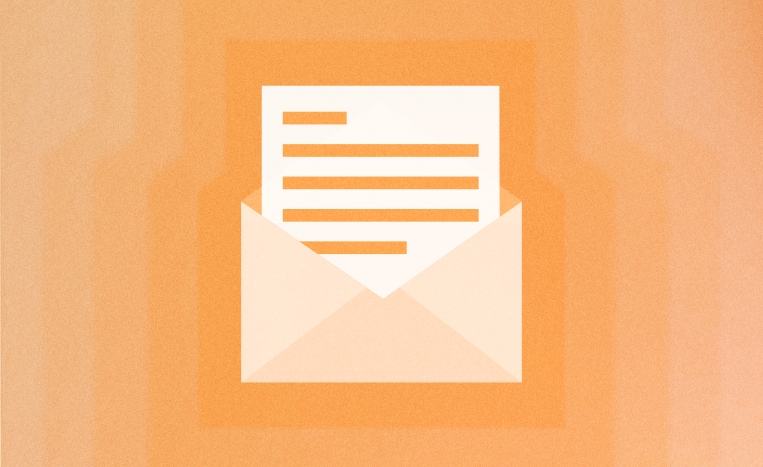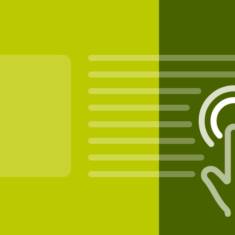8 Key Drivers of Email Open Rates
04.25.23
Email marketing is a tried-and-true tactic for businesses — one with an impressively high return on investment. Emails, especially those with a high email open rate, drive better results than any other channel, with an average of $36 earned for every dollar spent. This platform offers boundless opportunities to promote webinars, drive traffic to your website and keep your audience up-to-date on your services.
However, metrics are a determining factor of your success. Open rates reveal whether or not your messaging, design and offerings resonate with your audience. A high rate showcases success, but in order to continually improve your ROI, it is critical to identify and understand the marketing tactics that entice audiences to click “open.”
Defining Email Open Rate
Email open rates are an email marketing metric that measures the percentage rate of emails opened compared to the number of people you sent it to. On the other hand, click-through rates are the percentage of people who clicked on something within your email. While both elements are equally important to the success of a campaign, you must first entice users to open the email. Ultimately, your goal is to hold your audience’s attention. You must hook them with a subject line that piques their curiosity and proposes a solution to their perceived needs.
8 Drivers that Influence Open Rates
The success of an email campaign depends on the email open rate. If no one opens your email, then its content will not generate any new business, awareness or a return on the investment of hours of work you put into it. When crafting your email campaigns, eight key drivers will contribute to the success of your emails.
1. Value
As with any form of marketing, your audience must see the value in your message. Every email you send must have a purpose and call to action that prompts the recipient to open and convert within the email. Whether it’s a user’s first interaction with your brand or a recurring touchpoint with an existing subscriber, your email must provide value in line with its purpose — from sharing your latest blog or newsletter to prompting a purchase.
2. Email Segmentation
Email segmentation is the art of sending different types of content to various segments of your email list, making your emails more personalized and relevant to your recipients. With segmentation, you are able to target specific consumers who are more likely to read about, engage with or purchase your products or services.
Segmented emails make readers 50 percent more likely to click on a link within your email. For example, consider a portion of your contact list that has purchased a specific product more than once. They may purchase it again if an email informs them it’s on sale.
3. Subject Lines
It’s no secret that subject lines and email open rates go together, and winning over your subscribers starts with a catchy yet direct subject line. Subject lines that are clever, witty or memorable achieve stronger open rates because they pique a reader’s curiosity. For example, an email with a subject line insinuating something “you don’t want to miss” prompts more excitement than simply “read now.”
As the first piece of text your reader sees, consider these three tips to craft stronger first impressions:
- Keep it brief. Email subject lines should be kept at 17-24 characters for better visibility on both desktop and mobile devices.
- Stimulate curiosity. Make the reader wonder in a bid to encourage them to open the email for more information.
- Promote an offering. Whether it’s a webinar, sale or event, try to briefly include an offer in your subject line to get readers straight to the point.
4. Frequency
Studies have shown that a high number of emails is the #1 reason why people hit unsubscribe. However, frequency preferences are dependent on your target audience. For many companies, sending weekly or daily emails for newsletters, insights or deals may achieve a higher return on investment. However, an email sent only when active sales are occurring may be just as effective in converting prospective customers.
One aspect remains true: your business must base its email cadence on your consumer’s life cycle and email habits. You must keep the pulse on your email open rates and other metrics. This reveals how they perform, measure up to past campaigns or signify if it is time to test frequency levels.
5. Timing Your Delivery
The time of day your email hits inboxes may make or break your campaign. Research shows the most effective times to send an email may range from 9 a.m.-12 p.m. and 12-3 p.m. on Tuesdays through Thursdays. However, time preferences vary across industries and audience groups — for example, though a clothing brand may succeed with a 1 p.m. email, a law firm may experience fewer open rates.
To determine the best delivery time for your business, consider the following:
- Sending an A/B test email to segmented lists on different days and times.
- Adjust email send dates or times after reviewing past email open and click-through rates.
6. Automation
We live in a world where payments are scheduled, messages are immediate and reminders prompt us to make decisions. Email automation not only saves your business time but also keeps your audience following a designated user journey.
For example, if your goal is to generate leads for purchasing tickets, your email automation may include:
- An overview of ticket offerings
- A recurring weekly email with upcoming events
- An email reminder to purchase tickets for an event you recently viewed on the website.
Each stage of this automation process may produce higher email open rates for those who have expressed interest in events, attended previous events or joined this email list.
7. Tone
Content with a conversational and personable tone outweighs all forms of email. Not only does it humanize your brand and give them a message to relate to, but it also makes your email more inviting to open. Additionally, businesses that employ personalization report 27 percent higher unique click rates and 11 percent higher email open rates. Personalizing emails by automating the recipient’s first name into the subject line or within the body copy of an email may give your audience an added push to open and read more.
8. Mobile-Friendly
Every mobile device comes with an email app, enabling you to reach your customers wherever they are. Email open rates from mobile devices account for 81 percent of average open rates, which involves special attention to three elements in an email: subject lines, design elements and call-to-actions.
- Subject lines must be short and communicate your message straight away due to smaller screen sizes on mobile.
- Design elements such as simple layouts avoid a mobile audience’s need to excessively scroll or zoom in and out to see all the details.
- Calls-to-action should be listed at the top of your email and be clear on the direction you want your audience to take from your email.
Bringing these three elements together will craft a stronger mobile experience and promote higher email open rates among your audience.
Insight from an Agency
Email is a valuable touchpoint in your marketing efforts. Though common, emails drive successful returns on investment and effectively showcase the value of your brand. Using a marketing agency to streamline your email marketing efforts will help you gain insight into your current email open rates and find ways to grow your business.
Ready to get started? Contact Paradigm for more information about email marketing and other marketing services.


